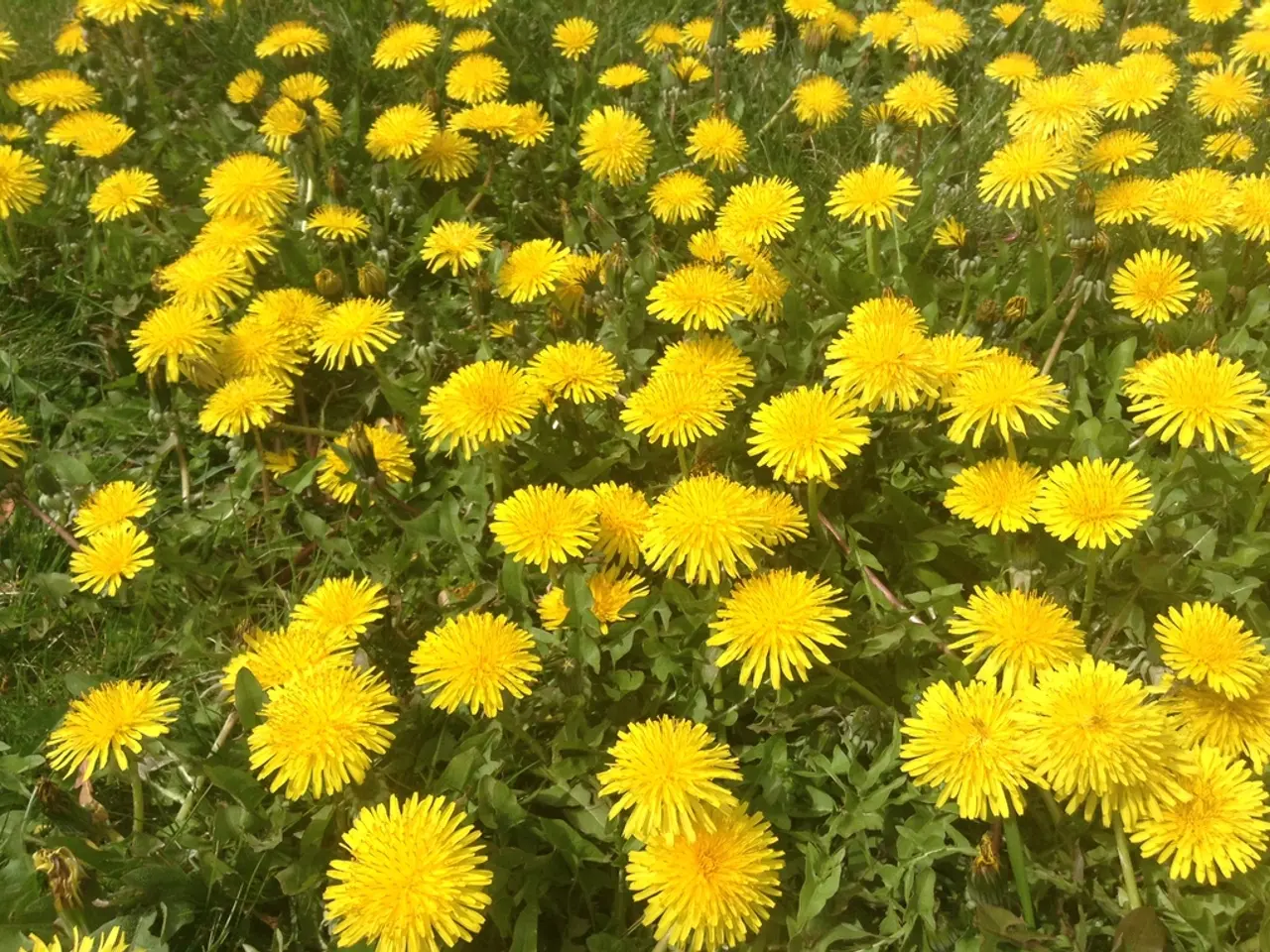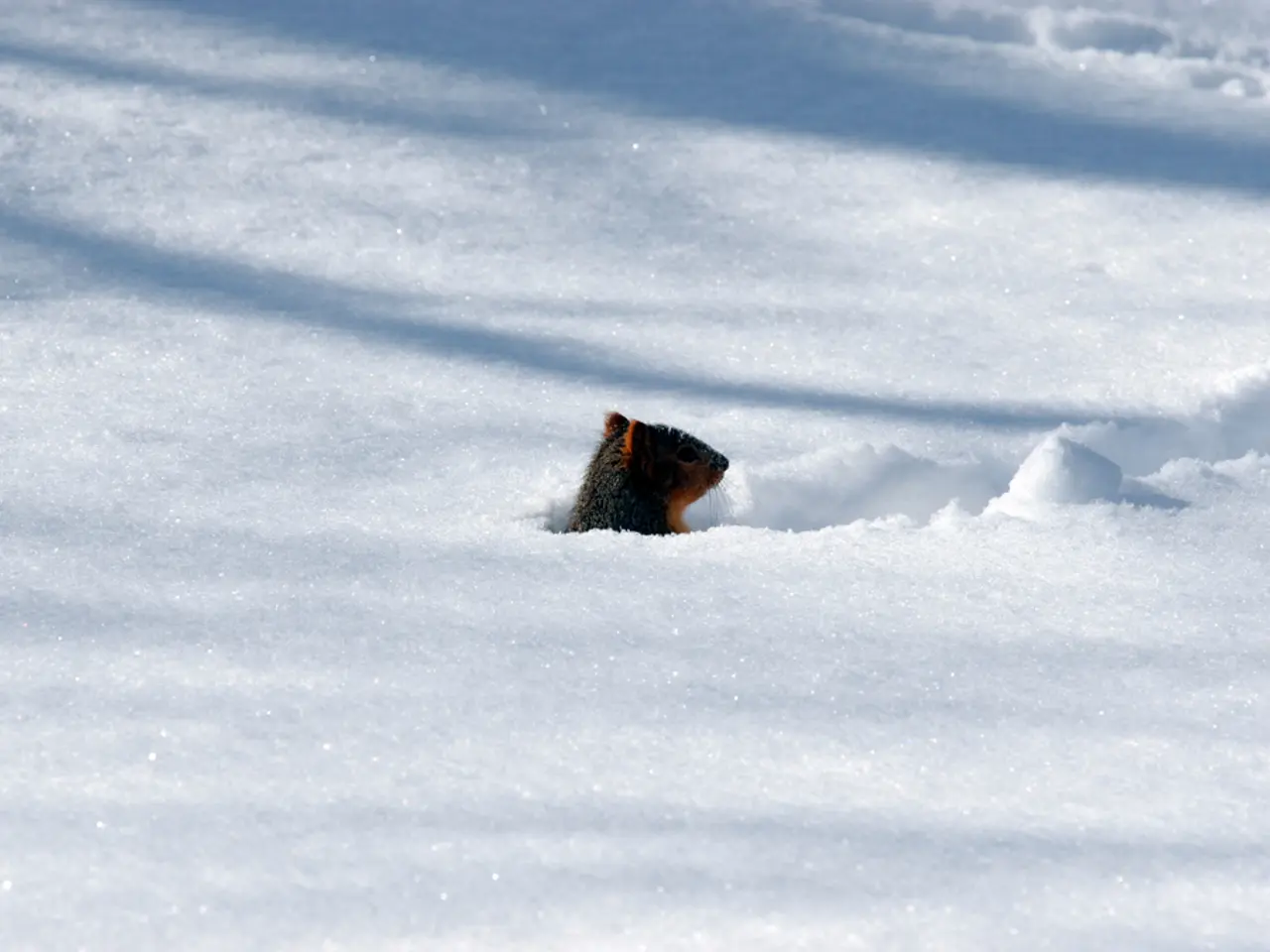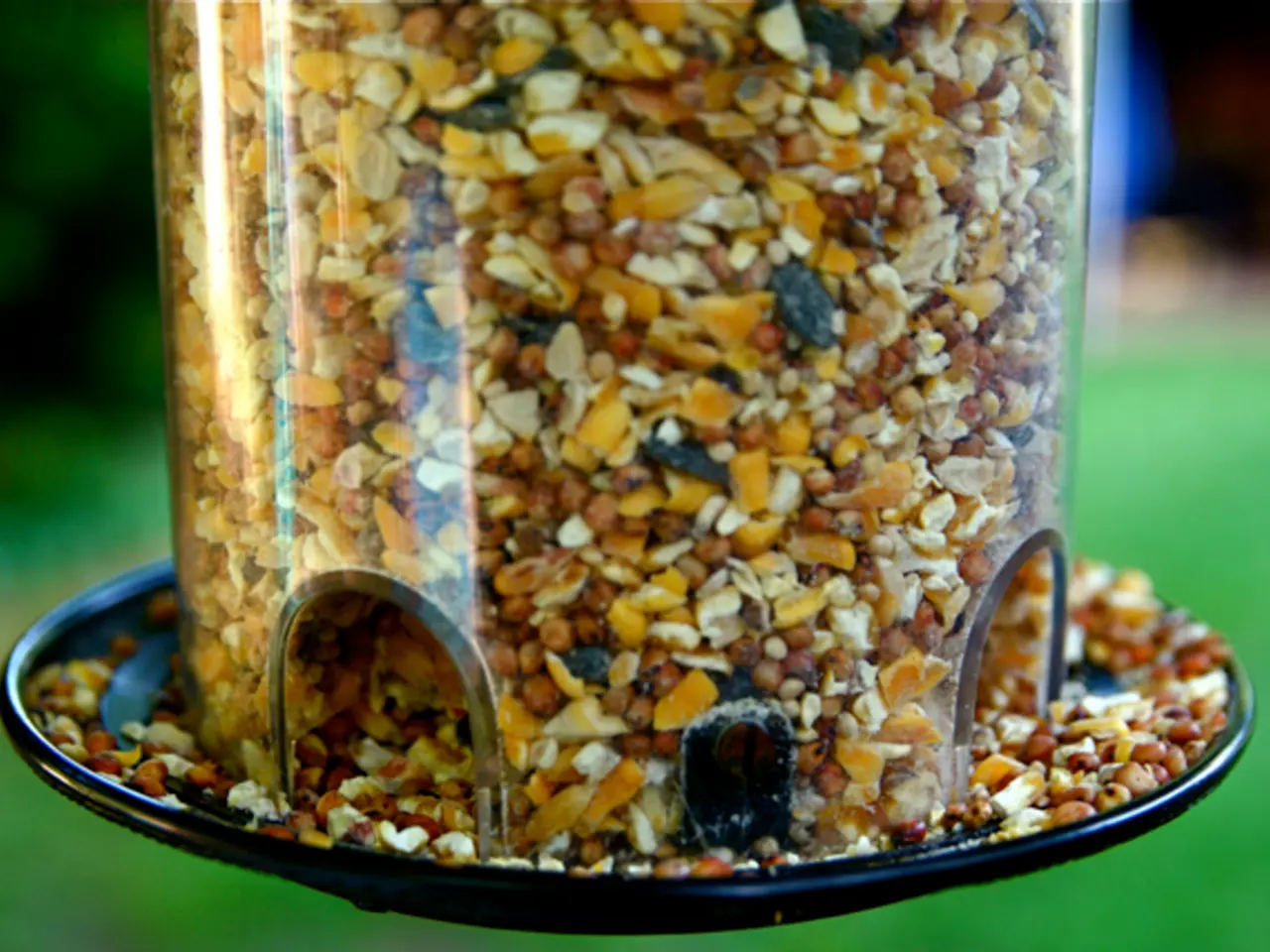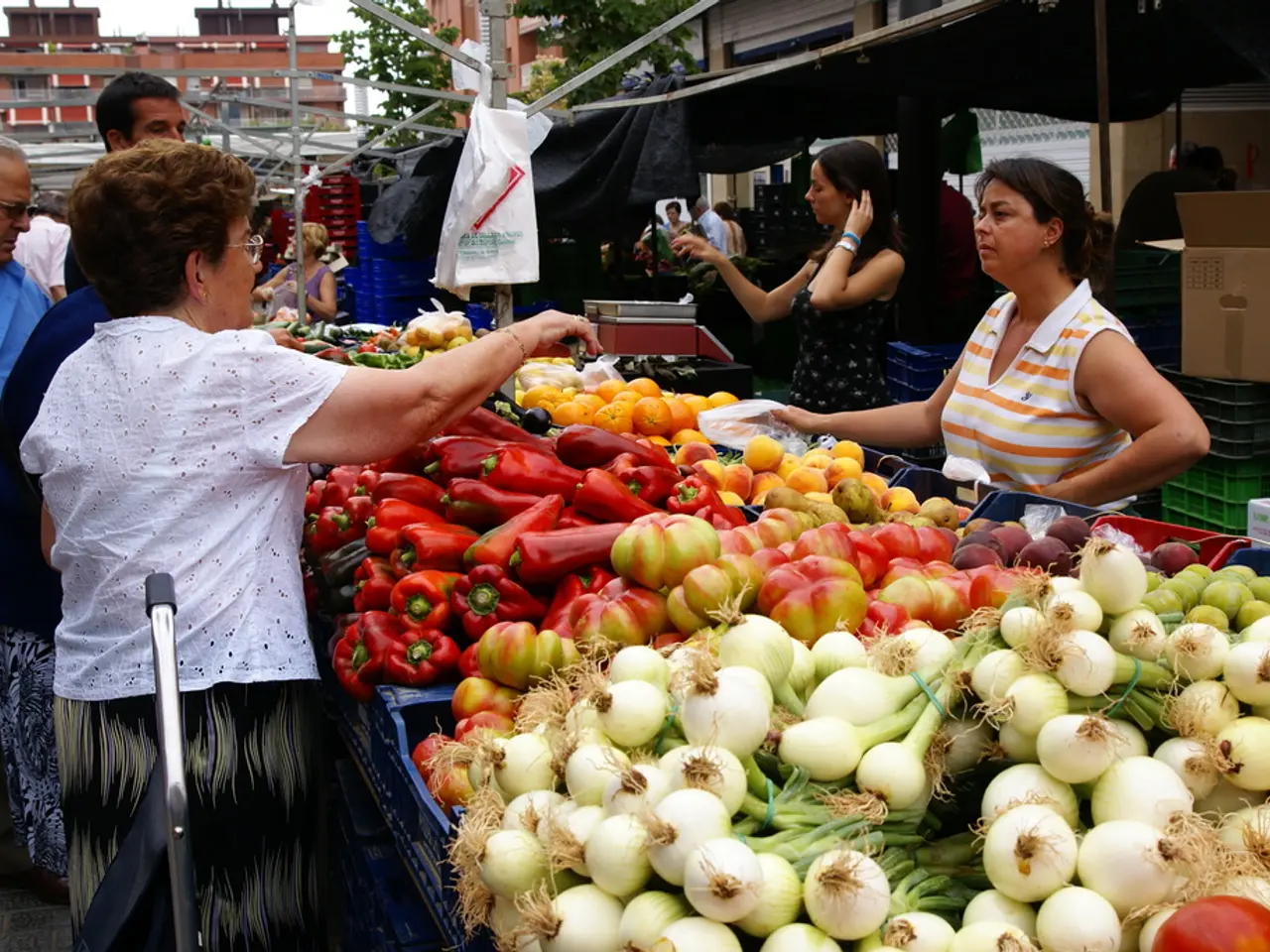Discover Geogenanthus Ciliatus, the uncommon, otherworldly indoor plant that has botanical enthusiasts and collectors in a frenzy.
The Geo Plant, scientifically known as Geogenanthus ciliatus, is a unique and captivating houseplant that thrives in a well-cared-for indoor environment. With its barely noticeable flowers blooming in spring, sporting three purple petals and hairy fringes, and its dark, leathery leaves that appear black due to their deep purple hue, this plant is a sight to behold.
Geo Plants prefer low to medium indirect light, making them perfect for rooms with less sunlight. Direct sunlight can scorch their delicate leaves, so it's best to avoid placing them in direct sunlight. For optimal growth, position your Geo Plant near a north-facing window or east-facing window with a sheer curtain to diffuse light, especially if you have windows facing west or south.
When it comes to watering, the soil should be consistently moist but not soggy. Water when the top inch of soil feels dry. During the winter months, reduce watering to allow the soil to dry out slightly between waterings. To ensure proper drainage and aeration, use a rich, well-draining potting mix, ideally a blend of peat moss, perlite, and orchid bark. It's also a good idea to water to the point where liquid comes out of the drainage holes to flush out excess salts.
Geo Plants originate from tropical environments and enjoy high humidity. To replicate this, use a humidifier or mist the plant regularly to keep humidity above average. This will support healthy growth and prevent the leaves from drying out.
Temperature-wise, Geo Plants prefer temperatures between 65°F and 80°F (18°C - 27°C). Plants near air conditioners will dry out more quickly, so it's best to avoid placing them too close.
Fertilise your Geo Plant monthly during the growing season (spring and summer) with a diluted balanced liquid fertiliser. Be careful not to over-fertilise, as this can harm the plant. Regular pruning to remove yellow or damaged leaves and occasional cleaning of the leaves will also promote healthy growth.
By following these care requirements, you can help your Geo Plant thrive indoors, reflecting its natural tropical habitat. This fascinating plant, with its three purple flowers and dark, leathery leaves, is sure to become a cherished addition to your indoor garden.
[1] Gardening Know How. (2021). Geogenanthus ciliatus care: Tips for growing Geo plant. [online] Available at: https://www.gardeningknowhow.com/houseplants/fuchsia/geogenanthus-ciliatus.htm
[2] The Spruce. (2021). Geo Plant Care: Geogenanthus ciliatus. [online] Available at: https://www.thespruce.com/geogenanthus-ciliatus-care-1888658
The Geo Plant, with its unique black-hued leaves and captivating purple flowers, can be a striking addition to a home-and-garden setup, thriving in a low to medium indirect light lifestyle. To maintain its health and vibrancy, ensure it's positioned near a north-facing or east-facing window, keeping it away from direct sunlight.




